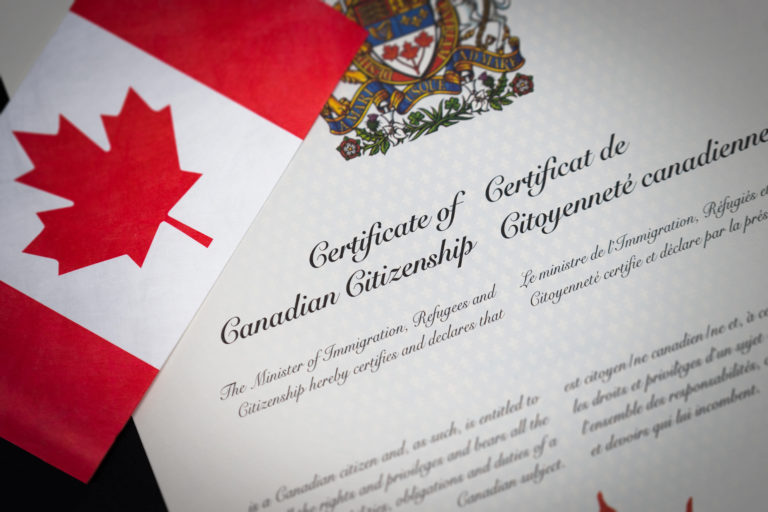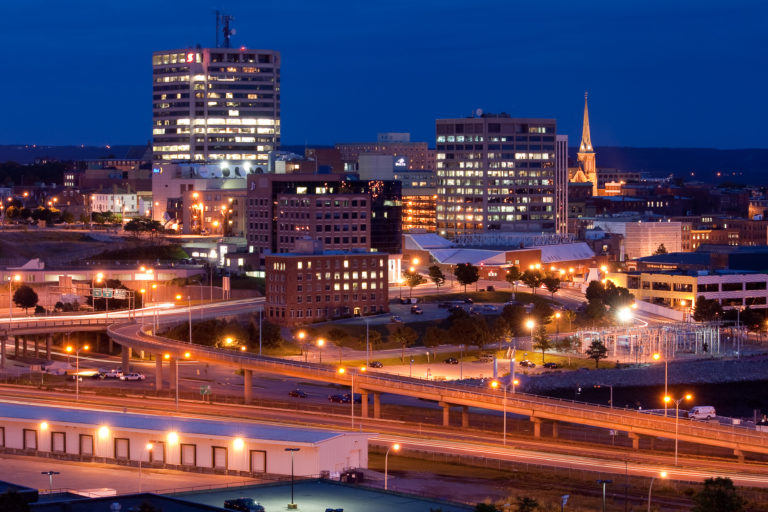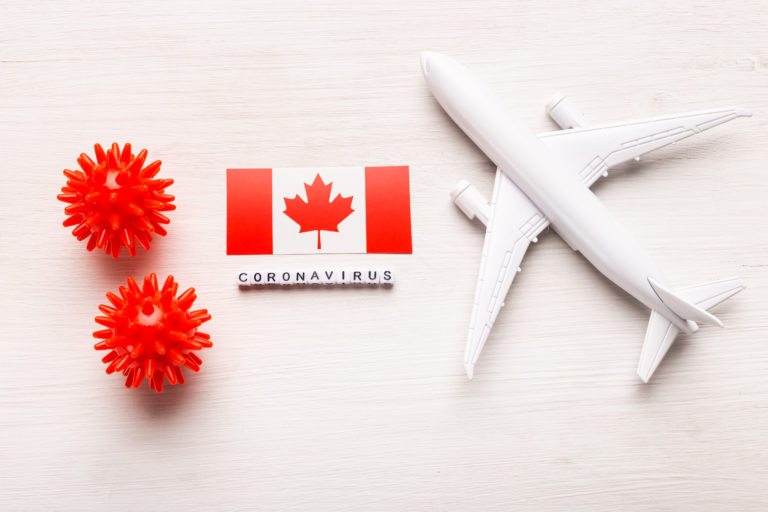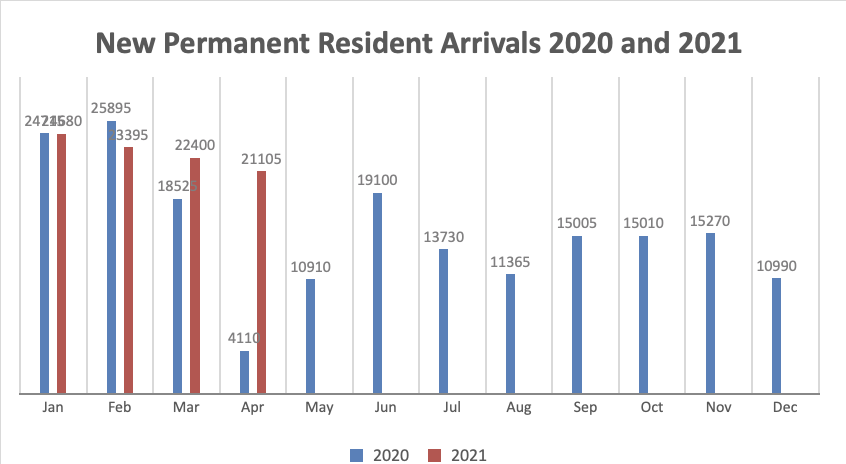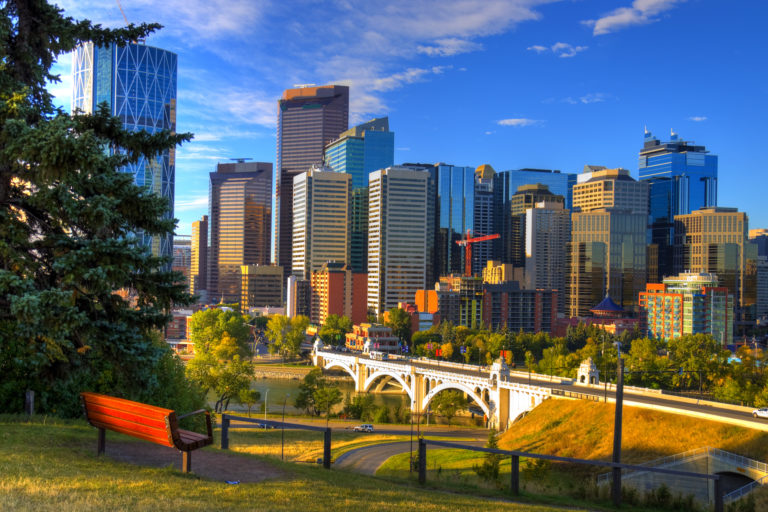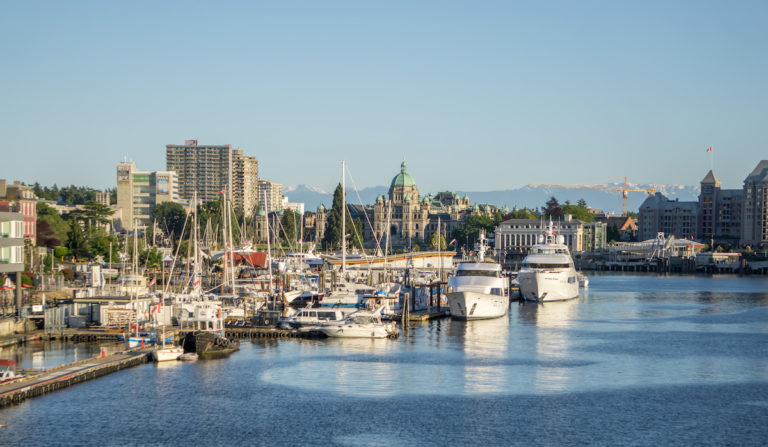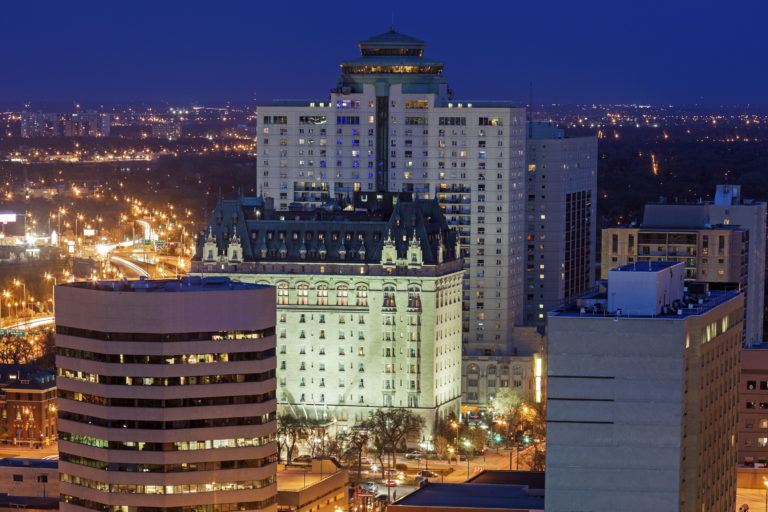With vaccination rates in Canada and the United States rising and cases of COVID-19 falling, there is a growing hope the border between the two countries will reopen.
But the closure of the Canada-U.S. border, perhaps the longest, unprotected border in the world and one certainly shared by two countries with a very friendly relationship, has left many with questions about just what happened and what’s going on now.
Here are the answers to those nagging questions.
1. When did the Canada-United States border close and why?
Prime Minister Justin Trudeau announced Canada’s border with the United States would close to non-essential travel on March 20, 2020.
“The U.S.-Canada land border serves as an economic engine that supports over $2.4 billion dollars in daily trade,” the Canadian government announced on the prime minister’s web page at that time.
“As a result of the COVID-19 pandemic, the United States and Canada are temporarily restricting all non-essential travel across its borders. In each of our countries, we are encouraging people to exercise caution by avoiding unnecessary contact with others. This collaborative and reciprocal measure is an extension of that prudent approach.”
The Canada-U.S. border was then closed to non-essential travel as of the next day, March 21, 2020, initially for only 30 days but subject to review by both countries. Extensions of the border closure policy will have left it shut for 15 months by the time it is currently due to expire on June 21 of this year.
Read More
Report Says Canada Planning To Ease COVID-19 Border Restrictions For Vaccinated
Free COVID-19 Vaccine For Anyone Living In Quebec Aged 12 or Older
COVID-19: Canada and U.S. In Talks Over Re-Opening World’s Longest Land Border
2. Just what constitutes “non-essential” travel under the border closure policy?
The Canadian government initially loosely defined non-essential travel to include travel that is considered touristic or recreational in nature.
Travel that is considered essential and therefore allowed despite the border closure includes:
- services that boost the Canadian economy and its supply chains, including the recent decision to allow elite athletes and their coaches to come into the country for world-class competitions;
- critical infrastructure work that provides essential services, including those that improve the health, safety, security, or economic well-being of Canadians and the government;
- coming into Canada to provide healthcare, safety or security services;
- support to Canada’s Indigenous communities;
- traveling through Canada for essential reasons;
- coming to care for sick relatives who are alone, or;
- any activity considered non-optional or non-discretionary by the federal government.
Among those allowed to come into Canada under exemptions to the travel ban are:
- Seasonal agricultural workers, fish/seafood workers, caregivers and all other temporary foreign workers;
- International students who held a valid study permit, or had been approved for a study permit, as of March 18, 2020. More international students are now allowed to travel from October 20 last year under a new exemption;
- Permanent resident applicants who had been approved for permanent residence before the travel restrictions were announced but who had not yet travelled to Canada;
- Immediate family members of Canadian citizens and permanent residents are also exempt if entering to be with an immediate family member for at least 15 days, and;
- Extended family members of citizens and permanent residents, plus foreign nationals travelling on compassionate grounds.
3. When will the ban on non-essential travel from the United States end?
The current travel restrictions on non-essential travel from the United States were extended in May to last until June 21 by Public Safety Canada, which will mean the ban on non-essential travel will have been in effect for 15 months by that time.
But it’s unlikely the Canada-U.S. border will fully re-open on June 21 due to the risk of the spread of COVID-19 from a greater movement of people from other countries coming to Canada.
The Canadian prime minister announced earlier this month the country will likely instead re-open the border in stages, with vaccinated travelers being the first to be let into Canada.
“We are looking at how we’re going to start welcoming up tourists in a phased way as the numbers come down in Canada, as the numbers start to come down in the United States and elsewhere around the world,” Trudeau reportedly said.
4. What factors will influence the Canadian and American governments’ decision to re-open the Canada-U.S. border?
The Canadian government is currently putting a big push on vaccinating Canadians against COVID-19. As of the end of the first week of June, an estimated 63 per cent of the Canadian population had received at least one shot of a COVID-19 vaccine but only 8.5 per cent of the population was fully vaccinated.
In addition to immunization from the vaccines, almost 3.6 per cent of Canadians had contracted COVID-19 and recovered by the end of the first week of June, giving them some measure of natural immunity to the illness. That’s a total of 66.6 per cent of the Canadian population thought to have some immunity to COVID-19.
“If all goes according to plan, we should be able to have the majority of Canadians vaccinated by next September,” Trudeau has said. “That puts us in very good stead.”
The level of vaccination and natural immunity required for Canada to achieve herd immunity, a situation where so many people are immune to an illness that it can no longer spread throughout the population, is uncertain. Herd immunity has been pegged as possible with as little as half the population fully vaccinated but perhaps needing as many as 90 per cent to be vaccinated.
Most provinces in Canada are eyeing multi-phased reopening plans with a 75 per cent vaccination rate with at least one dose of a COVID-19 vaccine and reports of low new daily case counts being the signals to move ahead.
At the national level, Ottawa and Washington are reportedly in talks to reopen the border gradually as well with immunized travelers with vaccine passports likely to be the first ones to be allowed into Canada.
5. What is a vaccine passport and why would anyone want one?
A vaccine passport sometimes called an e-vaccination certification of compliance for border crossing regulations, is either a paper document or, more commonly, an app on a cell phone that allows officials in a country to determine that a person has received his or her vaccines.
These vaccine passports could be required to enable seamless crossing of borders during the remainder of the COVID-19 pandemic and perhaps even beyond, states the World Health Organization.
Canada and United States are currently in talks to reopen their shared border and one of the topics on the agenda is the use of vaccine passports to ensure each country that COVID-19 will not be spread within its borders by international travelers.
Airlines, which have been hard hit by the pandemic, are on board.
“To re-open borders without quarantine and restart aviation, governments need to be confident that they are effectively mitigating the risk of importing COVID-19. This means having accurate information on passengers’ COVID-19 health status,” states the International Air Transport Association (IATA).
“Informing passengers on what tests, vaccines and other measures they require prior to travel, details on where they can get tested and giving them the ability to share their tests and vaccination results in a verifiable, safe and privacy-protecting manner is the key to giving governments the confidence to open borders.”
The global travel industry association has already launched its IATA Travel Pass, an app travelers can use to store and share their vaccine passports.
Ottawa is reportedly working on adapting its own ArriveCan travel app to include vaccine information.
“From our perspective we have a bit of a head start in terms of entry into Canada in that we have ArriveCan, the app that allows for digital proof of testing … and a variety of other documents that people have to submit to enter Canada,” Health Minister Patty Hajdu has reportedly said.
6. Will vaccine passports be required for travel between Canada and the United States?
No-one knows for sure. But Canada and the United States are in talks and the use of vaccine passports are on the table as a possible way to reopen the border sooner while providing each country with some assurance that travel will not further spread COVID-19 within its borders.
The use of vaccine passports promises to be a political hot potato, with those either unable to receive the vaccines due to medical reasons or unwilling to get the shots for personal or ideological considerations likely to protest the privileges which could be accorded to vaccine passport holders.
Earlier this year, Ipsos surveyed over 21,000 people in 28 countries and found 77 per cent support mandatory vaccine passports for travelers. The strongest support was in Malaysia and Peru where 92 per cent and 90 per cent of people respectively backed vaccine passports for travel.
In Canada and the United States, though, support for vaccine passports is more muted. In Canada, support for vaccine passports was at 76 per cent of the population. In the United States, it was 71 per cent.
Many of those who support the idea of vaccine passports see it as only a temporary measure. In Canada, a quarter of those who answered the Ipsos poll said vaccine passports should be used for only a few months. Roughly another third said the vaccine passports should be used only until the end of this year. Only 17 per cent said the vaccine passports should be used indefinitely.
7. What will likely be the first step in the reopening of the Canada-U.S. border?
While the talks between Canada and the United States on the exact steps to be taken remain hush-hush, there are indications one of the first things to be dropped by Ottawa will be the need for fully vaccinated travellers to quarantine in a government-designated hotel.
That could happen as soon as early July, says Hajdu.
Even if that timetable is correct, Canada’s health minister says fully-vaccinated Canadians and permanent residents will still likely have to undergo a COVID-19 test on arrival in Canada and then remain in isolation while waiting for their tests to come back negative for the illness.
Tourists to Canada are unlikely to enjoy that first relaxation of the rule to stay in a quarantine hotel.
The entire plan depends on the number of new daily cases of COVID-19 in Canada.
“We’ll be watching carefully here in Canada and around the world as cases change and as vaccination rates rise,” Hajdu has reportedly said.
Ottawa first started requiring that those arriving in Canada by air quarantine in government-approved hotels for up to three days while awaiting the results of COVID-19 tests on Feb. 22.
